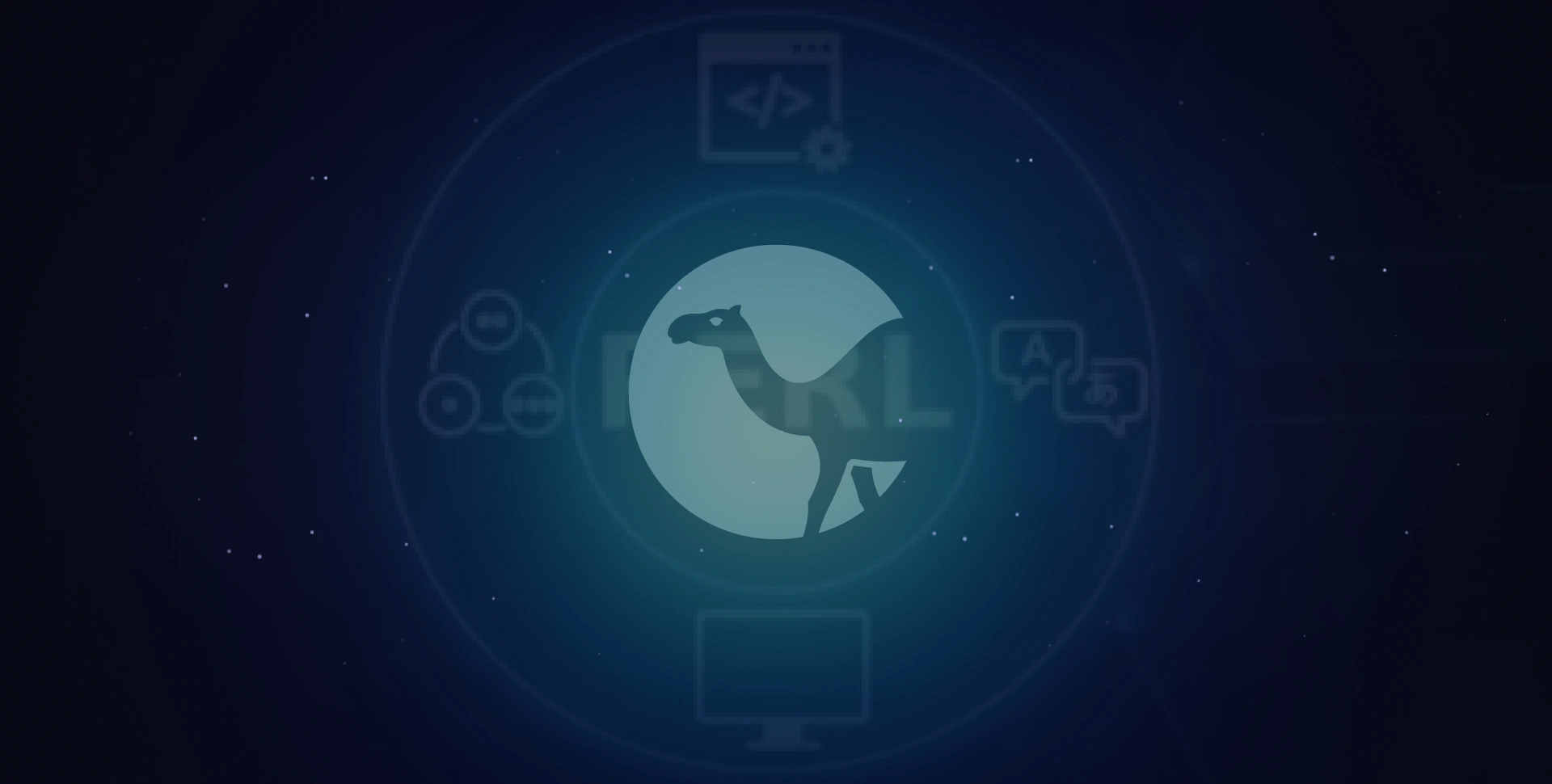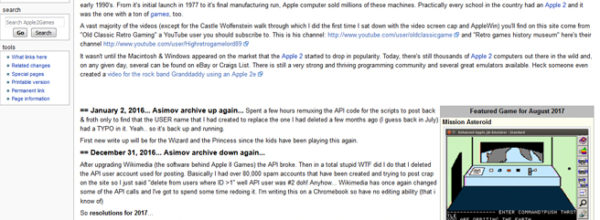
Top Perl Development Company in India
Future Profilez, a leading Perl development company in India, provides end-to-end Perl development services with the latest innovations in AI-powered Perl solutions. Our experienced team builds scalable apps and automation workflows through Perl scripting services that improve speed, data handling, and business efficiency.

END-TO-END Perl Development Services We Offer
Future Profilez offers robust Perl scripting services that help enterprises streamline operations and build future-ready platforms. Explore our wide range of services designed to transform your business.
Custom Perl Programming
Develop intelligent, business-focused apps using Perl scripting for machine learning pipelines and for intelligent data processing.
AI-Driven Perl Solutions
From Perl automation with AI integration to AI-enhanced data parsing in Perl, we deliver powerful automation workflows.
Legacy Perl Modernization
Upgrade with legacy Perl modernization with AI while ensuring smooth integration with modern systems.
Custom Perl Services Provided
Perl Web & App Development
Build secure and scalable Perl web backend solutions with strong Perl DBI database connectivity.
Perl Consulting Services
Get expert Perl + AI consulting services for enterprises aiming for smarter predictive analytics workflows.
Perl for Enterprise Automation
Deploy Perl in AI-based data preprocessing to manage large-scale business intelligence workflows.
Benefits of Using Perl For Your Business
Choosing Perl for your business automation needs ensures flexibility, reliability, and long-term scalability.

Why choose Perl?
Why Future Profilez is Your Trusted Perl Partner?
At Future Profilez, we blend technical mastery with modern AI tools to deliver custom Perl programming that drives innovation. Our solutions go beyond code—we build scalable digital ecosystems tailored for enterprise success. We also provide result-oriented SEO services, ensuring the web solutions are built with Perl.
Decades of domain expertise
Client-first approach
AI + Perl integration expertise
Affordable development models
Secure coding practices
Dedicated and skilled developers
Frameworks and Technologies Behind Scalable Perl Solutions
Explore the powerful frameworks and technologies that make Perl a reliable choice for scalable, business-ready web applications.
Our Other On-Demand Services
Achieve business excellence through Comprehensive On-Demand Web Development & Digital Service designed to accelerate growth, enhance engagement, improve efficiency, and ensure lasting customer retention.

 Cross-Platform Support
Cross-Platform Support  AI Compatibility
AI Compatibility Cost Efficiency
Cost Efficiency Strong Data Handling.
Strong Data Handling. Faster Automation
Faster Automation Scalability & Security
Scalability & Security



